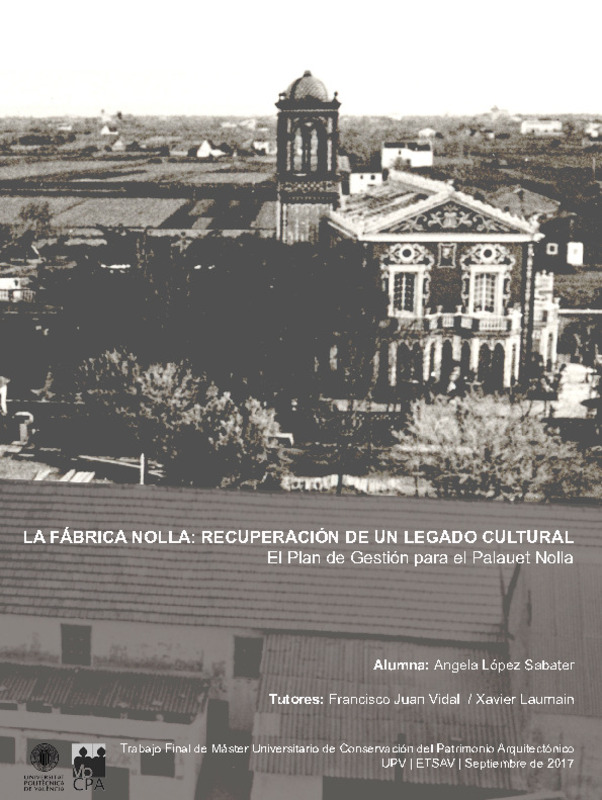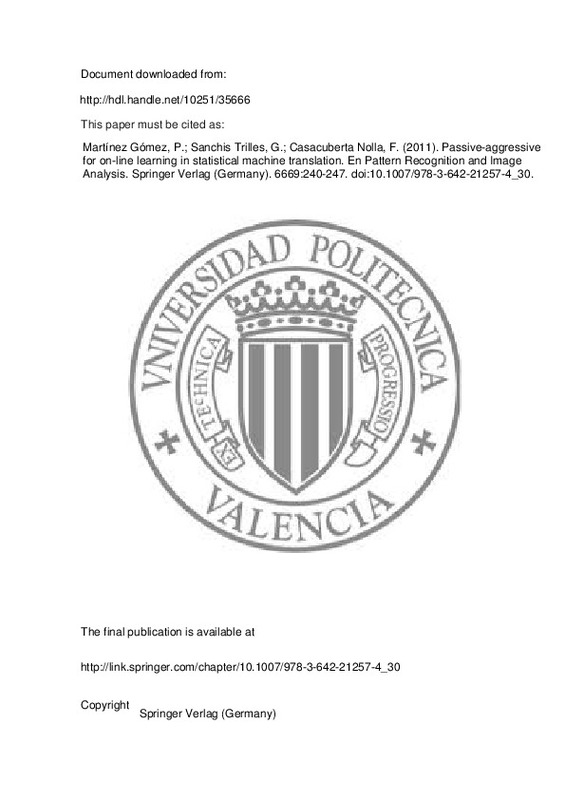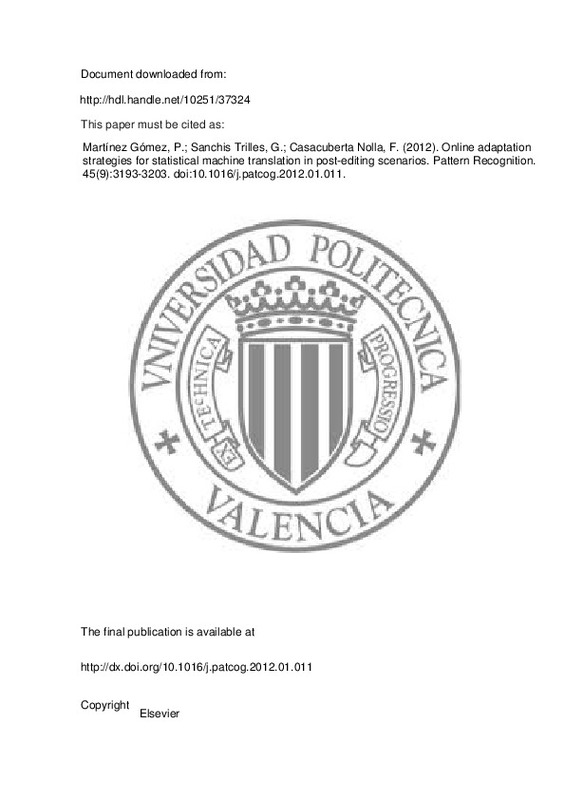|
Resumen:
|
[ES] El mosaico Nolla es una cerámica producida desde mediados del s.XIX en Meliana (Valencia), cuya calidad le ha proporcionado un renombre a escala internacional. Los mejores edificios europeos de la segunda mitad del ...[+]
[ES] El mosaico Nolla es una cerámica producida desde mediados del s.XIX en Meliana (Valencia), cuya calidad le ha proporcionado un renombre a escala internacional. Los mejores edificios europeos de la segunda mitad del s.XIX cuentan con estas composiciones multicolores, realizadas con miles de pequeñas piezas geométricas, que conforman delicadas alfombras cuyo tenue brillo es inconfundible. Pero si las altas prestaciones de este gres porcelánico lo hacen casi indestructible, su belleza estética le convierte en un patrimonio tan artístico como histórico. Las composiciones que proponía la empresa Nolla fueron inicialmente inspiradas en modelos ingleses, a su vez influenciados por la riqueza gráfica oriental. Los recursos cromáticos y formales evolucionaron profundamente a lo largo del último siglo y medio, ajustándose siempre a los gustos contemporáneos. La infinita versatilidad de composición, que permite el uso de las pequeñas teselas de Nolla, ha ofrecido a los artistas, arquitectos y artesanos, la posibilidad de una modernidad siempre renovada. Los motivos más frecuentes, geométricos y a menudo repetitivos, constituyen hoy en día una referencia visual con la que todo valenciano ha estado en contacto en algún momento. Estas composiciones, a modo de íconos, se han rescatado de los catálogos originales de la empresa, para dar visibilidad a un patrimonio de gran relevancia, olvidado durante décadas. Si la primera cerámica porcelánica con fines arquitectónicos necesita ser objeto de un exhaustivo estudio, su centro neurálgico, el punto de partida de toda esta importante industria no puede ser menos. El Palauet Nolla es el edificio alrededor del cual se articula todo lo relacionado con la historia Nolla. Las relaciones familiares, la organización de la propia fábrica, la relación obreros-patrono, el proceso de fabricación de las teselas monocromática, las relaciones mercantiles, las visitas de la burguesía de la época. Por tanto, el objeto del presente trabajo es el estudio del Palauet Nolla: la fábrica de mosaico que se creó en torno a él, sus orígenes y la importancia del mismo dentro del funcionamiento de la industria promotora de la revolución industrial española. Al comienzo de esta investigación se conocía poco o nada sobre esta cerámica valenciana, precursora de grandes logros industriales de hace 150 años. Parece increíble que algo tan cercano en espacio y tiempo nos sea tan desconocido y tan poco valorado. Las fases de trabajo propuestas pretenden mostrar la evolución del trabajo realizado, desde las primeras fases de conocimiento del edificio mediante vaciado bibliográfico y levantamiento métrico hasta la puesta en marcha de herramientas menos ortodoxas como la utilización de las redes sociales. Todo ello para conocer a fondo un edificio emblemático de la historia cercana de Valencia.
[-]
[EN] The Nolla mosaic is a pottery produced since the mid-nineteenth century in Meliana (Valencia), whose quality has given it a reputation on an international scale. The best European buildings of the second half of the ...[+]
[EN] The Nolla mosaic is a pottery produced since the mid-nineteenth century in Meliana (Valencia), whose quality has given it a reputation on an international scale. The best European buildings of the second half of the nineteenth century have these multicolored compositions, made with thousands of small geometric pieces, which form delicate carpets whose faint shine is unmistakable. But if the high potentialities of this porcelain stoneware make it almost indestructible, its aesthetic beauty makes it an artistic as well as historical heritage. The compositions proposed by the company Nolla were initially inspired by English models, in turn influenced by the oriental graphic richness. Chromatic and formal resources evolved profoundly over the last century and a half, always conforming to contemporary tastes. The infinite versatility of composition, which allows the use of the small tiles of Nolla, has offered artists, architects and craftsmen the possibility of an ever renewed modernity. The most frequent, geometric and often repetitive motifs today constitute a visual reference with which every Valencian has been in contact at some point. These compositions, as icons, have been rescued from the original catalogs of the company, to give visibility to a heritage of great relevance, forgotten for decades. If the first ceramic porcelain for architectural purposes needs to be the object of an exhaustive study, its nerve center, the starting point of all this important industry can not be less. The Palauet Nolla is the building around which articulates everything related to the history of Nolla. Family relations, the organization of the factory itself, the worker-employer relationship, the process of manufacturing the monochromatic tesserae, the mercantile relations, the visits of the bourgeoisie of the time... Therefore, the object of this work is the study of Palauet Nolla: tile factory that was created around him, its origins and its importance in the operation of the developer industry Spanish industrial revolution. At the beginning of this research little or nothing was known about this Valencian ceramics, precursor of great industrial achievements 150 years ago. It seems incredible that something so close in space and time is so unknown and so little valued. The proposed phases of work aim to show the evolution of the work carried out, from the first phases of knowledge of the building through bibliographical emptying and metric elevation until the implementation of less orthodox tools such as the use of social networks. All this to get to know a landmark building in the recent history of Valencia.
[-]
|










